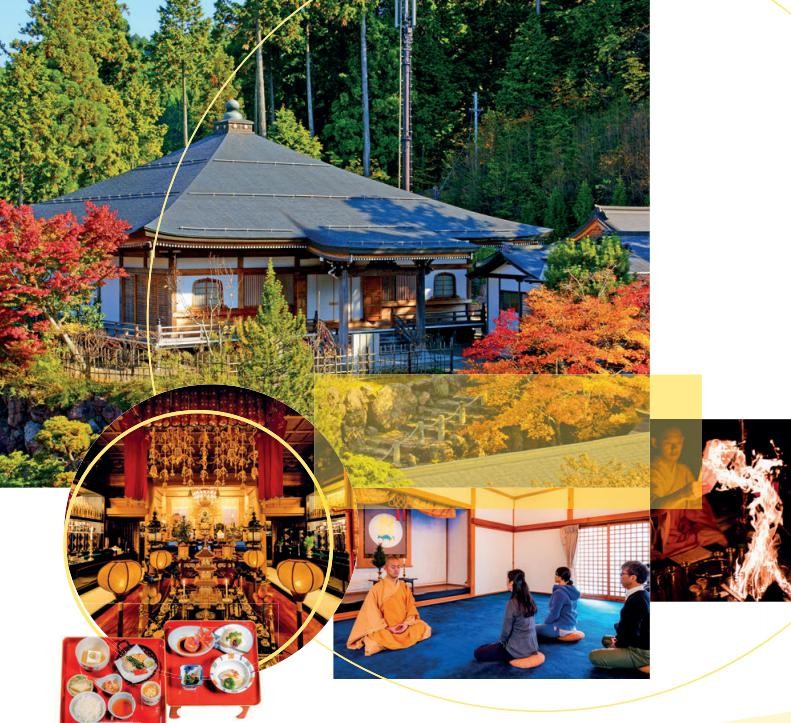Given our demanding schedules, it’s easy to be mindless when we’re eating.


Given our demanding schedules, it’s easy to be mindless when we’re eating. After all, why give your food your full attention when you can watch an episode of Terrace House while having lunch?
Well, it turns out mindless eating can lead to an unhealthy relationship with food; and the opposite approach, mindful eating, can make you more in-tune with your body and help you manage your eating habits better.
When you eat mindfully, you give your food your undivided attention, savouring your meal and being consciously aware of the way your food looks, smells, and tastes. This approach encourages you to focus solely on what you are doing in the moment – appreciating the textures, flavours and ultimately understanding when you are full.
To hone in on your mindfulness (and improve your eating habits!), why not try these mindful experiences that Asia has to offer?
BALI
Bali is littered with idyllic resorts to get away from it all and help you clear your mind. For the luxury treatment, head to the Maya Ubud. Surrounded by rice fields and tropical jungle, the resort is a tranquil getaway where you can induldge in Ayurvedic spa treatments by the Petanu river, yoga classes at the open-air pavillion, and lots of traditional Balinese dining options throughout the resort.
If you’re looking to completely detox your life, the Bali Silent Retreat at Mount Batukaru is the one for you. Imagine walking through rice fi elds in the wee hours of the morning and doing yoga while the sun rises, before visiting nearby Buddhist temples. The schedule is free and easy, and attendees are encouraged to practise silence on their own. Day passes are available but weekly visits are encouraged. Ommm... Oops, we mean shhhhh!

JAPAN
The home of Zen Buddhism, Japan has no shortage of peaceful retreats. One of the most popular is Koyasan in Wakayama Prefecture. The temple settlement was added to the UNESCO World Heritage List as one of three sacred sites in the Kii Mountain Range, and it features meditative hiking tracks and more than 50 open-to-the-public temples. One of the most popular temple stays is Eko-in, which offers a traditional Buddhist meal and an opportunity to take part in a fire ceremony to help dispel anxiety and stress.
In Kyoto, temples dot every corner, and they offer Zen meditation classes for a small fee. Ryosokuin Temple, for example, holds one every weekend, with a Zen priest guiding you along throughout the hour-long session. Some temples require you to make a reservation beforehand and may have a dress code, so be sure to do your research before heading down.

Wookwan, Buddhist nun and temple food master
KOREA
Wookwan, a Buddhist nun and temple food master from the Jogye Order of Korean Buddhism, has been travelling around the world educating people on the benefits of mindful eating. She strongly encourages a visit to a Korean temple for the ultimate mindful eating experience.
“Temples are often located on mountain tops, [and the food is prepared] with old fermentation techniques,” says the soft-spoken nun. “These methods enhance the level of nutrition, aiding digestive processes and promoting inner wellness,” she adds.
Korea’s Jinkwansa Temple is renowned for its temple cuisine and beautiful location amidst leafy trees and soaring peaks. It’s also one of the rare temples run entirely by women.
Less than an hour from Seoul is Hwagyesa Temple, a popular temple for city-dwellers. Known as the palace temple for its strong connection to the royal family, a programme at Hwagyesa includes meditation, mountain hiking and a tea ceremony to help bring the mind, body and soul together.
If you want to really push your boundaries, opt for the “3,000 bows” programme, which happens on the last Saturday of the month.
Images 123RF.com, Moon D. Gwan























